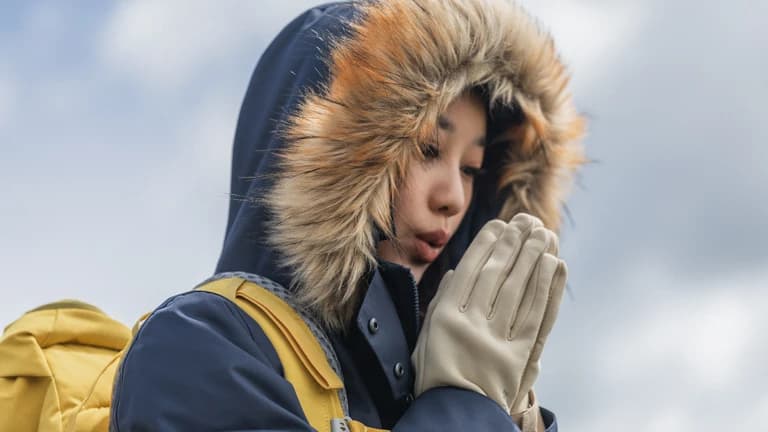Hello everyone! 👐
Thank you very much for your participation. This information gathering was rich in learning, discovery, and emotions.
We used 3 research tools: science, co-creation questionnaire, and round tables.
Today, we will try to summarize all this :)
___
What science tells us 👩🔬 :
It is a common phenomenon (5 to 10% of the general population).
It is mainly observed in females and individuals with low body weight, and in cold weather.
It can be triggered by several factors such as cold or stress.
Other possible causes are exposure to certain chemicals, use of vibrating tools, coffee, or the use of drugs or medications.
What is it concretely?
It is a vasomotor crisis with 3 successive phases: ischemia, stasis, reactive vasodilation.
Initially, the phalanges turn white, from a few seconds to a few minutes or even a few hours, with numbness.
Then, the extremities turn blue and become cold. And finally, the fingers turn red, accompanied by pain and burning.
What is happening?
With exposure to cold, certain vessels (arterioles) become narrower to increase blood circulation (= vasospasm), to help the body stay warm.
This is a normal response of the body. For the primary form, this is exaggerated, causing a smaller blood flow.
There are 2 existing forms:
- Raynaud's disease (idiopathic (primary) form: most common cases (80% of cases), benign),
- Raynaud's syndrome (secondary form: least common cases, and require treatment (vasodilator medications))
Can it be treated?
It should be noted that no cure has been found yet.
Some factors can increase symptoms:
dry skin, smoking (because nicotine encourages vessels to narrow and thus reduces blood flow to the skin), sedentary lifestyle.
___
What co-creation has taught us:
We collected about 300 responses 🙀. THANK YOU! If each of you has your own Raynaud's story, you also have things in common.

Unsurprisingly, cold is the main triggering factor, and humidity increases the sensation of cold, so it also seems to have a big responsibility.
Not easy to manage... Remember to have a pair of dry gloves to warm up under your sweater just in case!

Your solutions:
The responses vary depending on the severity of your symptoms, but we still have some winners:
- arm swinging movements
- rapid open-close hand movements
- under-gloves to wear under your gloves to increase temperature and never be bare-handed
- sufficiently large mittens to be able to close the fist inside
- heat sources like hand warmers (rechargeable ones are available)
We won't sell you a dream, for now we don't have an ideal solution.
So the best thing is to anticipate Raynaud's, to warm up your gloves with your body heat,
to know a few exercises to bring back blood to your hands, and probably have a hand warmer just in case.
____
Our roundtable discussions👂:
Thanks to the round tables, we were able to understand the burden of this disease.
It has sometimes been triggered by an event, a trip in the cold, or simply over time.
It sometimes takes away the madness of rolling in the snow or daily activities like paying at the market or turning the key in the lock to come in and warm up.
Humidity and temperature shock are your worst enemies.
However, you manage to run marathons or maintain your habits without a car.
And winter is also for getting under the blanket with a hot water bottle. ❄️☕️🛀
Your comments on the products have already challenged us a lot on the wrists, the thumb. 🧤
By always wanting to limit air entries, we can unintentionally increase the discomfort of tightness, sewing in the gloves, and be counterproductive.
____
Next steps:
Ifremmont continues to work on severe cold and the symptom / disease of Raynaud.
For Decathlon, we are ready to prototype improvement solutions on our products.
Today, we are missing a sports partner to start real development.
But we are here!
In parallel, we have proposed this project to a design school to explore the sensory aspect.
We hope it happens soon!


